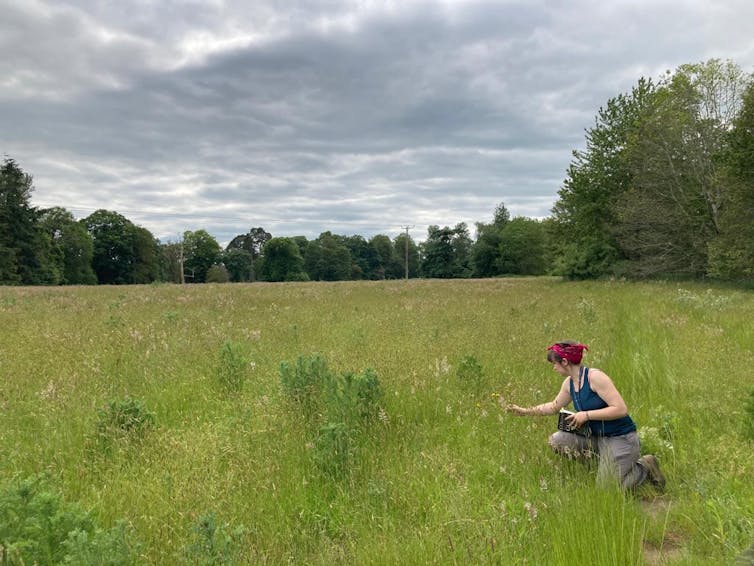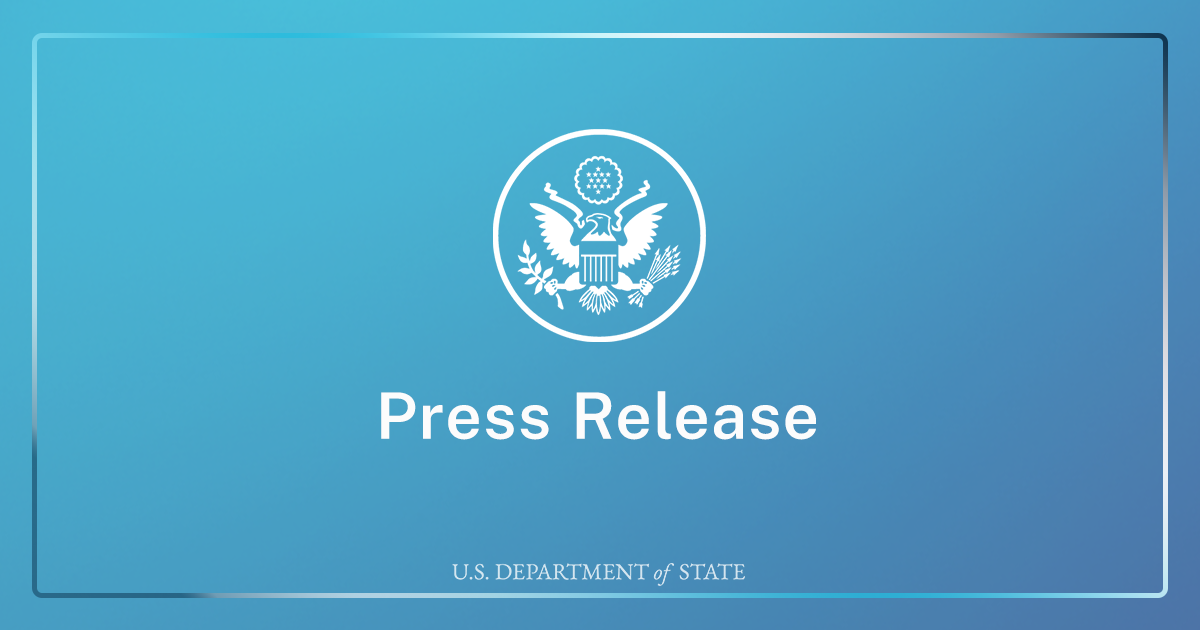As I walk around the supermarket, I pick up vegetables for tomorrow’s dinner, eggs and bread for tonight and some sweet treats for the week. By choosing a range of different food types, I’ll eat a wide variety of nutrients. But what if bread was the only option available? And another shop just sold a different type of loaf? Or only oranges?
This may sound far-fetched, but for bees – insects that depend on pollen and nectar for their nutrition – that’s the equivalent of feeding from a large field of just one type of plant. Some bees feed on a wide range of plants. Others, including some of the UK’s 200 wild solitary bee species are specialists, like the sainfoin bee that only visits one type of flower for pollen.
While some UK bee species are thriving, many have declined as a result of changes in the abundance and variety of flowers across our landscapes.
Much less is known about the biology of solitary bees compared to that of domesticated honeybees or bumblebees, which have been extensively studied in large numbers under lab conditions. By comparison, solitary bees don’t form colonies or have a queen-worker system. The nutritional needs of each solitary bee species varies so it’s difficult to know what diet they would need in order to thrive during experimental conditions.
Yet, they provide a vital pollination service for some of our flowering crops and help maintain our wildflower populations. So understanding their nutrition in greater detail could help us make sure the right flower foods are available to them.
The bees’ needs
For my PhD, I’m studying the different fats that are available in pollen from UK wildflowers and the fats found in the bodies of different bee species. Fats are essential to healthy growth and development in bees, however there’s huge variation in the quantity and quality of food that different flowers provide. Cataloguing that information is complicated.
I’m specifically researching why solitary bees, many of which have specialised relationships with their food plants, visit certain flowers.
Ellen Baker, Author provided (no reuse)
Nutrition is complex. Huge monocultures, (growing one crop species in a field at a time), provide a homogenous nutritional offering. Areas with a wider diversity of flowers can provide more nutritional diversity, but extracting enough pollen or nectar to analyse is challenging.
Just because one food source has high protein levels, it might not contain the essential ones or may have a poor fat content. If I recommend that you eat nothing but oranges because they’re rich in vitamin C, you’d miss out on other key nutrients such as protein. Similarly, with pollen and nectar, we need to understand the content of what bees are eating.
Nectar is a sugary liquid which provides lots of carbohydrates. Bees drink it using their tongues. Pollen provides the protein and fat content bees need and is collected on their bodies for transport back to their nests. The nutritional content of both pollen and nectar varies widely between flowers. To understand what food is available to them over large areas, we need to have nutritional information for a lot of different plants.
How to feed wild bees
Despite our lack of knowledge about the precise nutritional needs of bees, there are ways we can help feed them. Solitary bees can be found in your garden or local park. To learn more about them, start by trying to recognise them. Some don’t look like bees because they can be very small or hairless and some can easily be mistaken for wasps in the case of Nomada species, with their black and yellow banding and hairless bodies.
Entomologist and ecologist Steven Falk maintains an excellent stock of photos online and has published a comprehensive ID guide.
Letting a green space go wild or choosing seed mixes with diverse flowers can encourage a variety of wild bees. Even small patches of wildflowers can make a difference, especially at times of year when few other flowers are out, as has been shown in urban areas.
Avoid plants bred to have little or no pollen or nectar. Ensuring food is available throughout their active period is key. The first bees emerge in March and the last ones feed until October. So while it’s good to have plenty of flowers available in peak summer when lots of bees are active, bees emerging from over-wintering need food in spring and those stocking up before winter need flowers to forage from.

Tohuwabohu 1976/Shutterstock
Useful resources for selecting plants to bring bees into your garden include the RHS plants for pollinators list, the Bumblebee Conservation Trust’s Bee Kind garden-scoring tool, plus planting recommendations from Friends of the Earth and Buglife.
Our wild solitary bees are an ecologically important and fascinating group of insects. Steps we take to support them in our gardens and at the landscape scale are key to maintaining the diversity of insects that pollinate so many of our flowers and crops. Even the smallest patches of wildflowers can provide much needed food for hungry bees and, above all, a varied menu.




